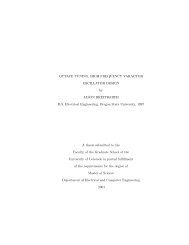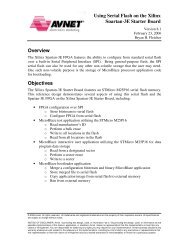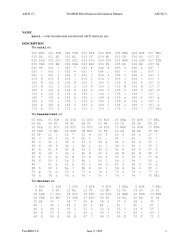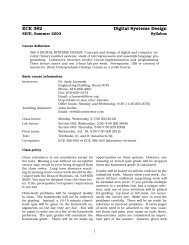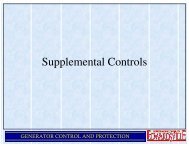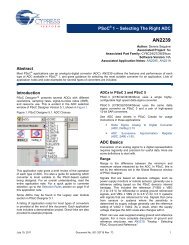Elbow dysplasia in dogs - British Veterinary Association.
Elbow dysplasia in dogs - British Veterinary Association.
Elbow dysplasia in dogs - British Veterinary Association.
Create successful ePaper yourself
Turn your PDF publications into a flip-book with our unique Google optimized e-Paper software.
COSTSThe owner is liable for the veter<strong>in</strong>ary surgeon's fee for anaesthetis<strong>in</strong>g the dogand tak<strong>in</strong>g the radiographs, and the BVA's fee for the grad<strong>in</strong>g.ADVICE ON BREEDINGThe overall grade is used <strong>in</strong>ternationally as the basis far breed<strong>in</strong>g advice.Breeders are advised to select <strong>dogs</strong> with grades of ID or 1 <strong>in</strong> order to reducethe risk of ED <strong>in</strong> their offspr<strong>in</strong>g.As ED is a prevalent disease, especially <strong>in</strong> the breeds listed on page 3, suchadvice will only be effective if it is cont<strong>in</strong>ued over a number of generations.The most difficult part of accept<strong>in</strong>g such advice for many breeders is that anumber of <strong>dogs</strong> which have never been lame and exercise freely, also havehigh grades. This, however, is the subcl<strong>in</strong>ical population with the ability topass the problem on <strong>in</strong> the breed. To ga<strong>in</strong> long-term control of the diseasethese <strong>dogs</strong> ought not to be bred from.TREATMENT OF CLINICAL EDDogs which have cl<strong>in</strong>ical ED often become lame between six and 12 monthsof age. Initially the lameness may be difficult to ascribe to a particular jo<strong>in</strong>t.However, at this age a persistent forelimb lameness should be <strong>in</strong>vestigated bya veter<strong>in</strong>ary surgeon. There are other conditions lead<strong>in</strong>g to signs similar tothose of ED so the veter<strong>in</strong>ary surgeon needs to consider these as well.Diagnosis of ED is normally based on a forelimb lameness with pa<strong>in</strong> on flexion or extension of the elbow. The animal may have a short or stilted forelimbgait as both elbows are often affected. Confirmation of the diagnosis is madeby f<strong>in</strong>d<strong>in</strong>g primary or secondary lesions on radiographs of the elbow.Treatment methods vary depend<strong>in</strong>g an the nature and severity of the problem.Conservative treatment <strong>in</strong>volv<strong>in</strong>g weight restriction and control of exercise isalways important. Drugs may be used to relieve the pa<strong>in</strong> and <strong>in</strong>flammationassociated with the condition and to promote repair processes with<strong>in</strong> the jo<strong>in</strong>t.In some <strong>dogs</strong>, surgery is required to remove fragments of cartilage and bonefrom the jo<strong>in</strong>t to relieve pa<strong>in</strong>, but this is not always appropriate. In nearly allthe cases there are some secondary changes which lead to some problemswith the jo<strong>in</strong>t through out life, possibly restrict<strong>in</strong>g the dog's ability to exercise.However, most <strong>dogs</strong> will be comfortable with a fair level of exercise if treatedcarefully between the ages of six and 18 months.In April 1997, the BVA AWF, the AHT and the RSCPA held a jo<strong>in</strong>t symposiumon the subject of 'Hereditary diseases <strong>in</strong> <strong>dogs</strong>: what are they and what can bedone?' which <strong>in</strong>cluded a presentation on elbow <strong>dysplasia</strong>.



